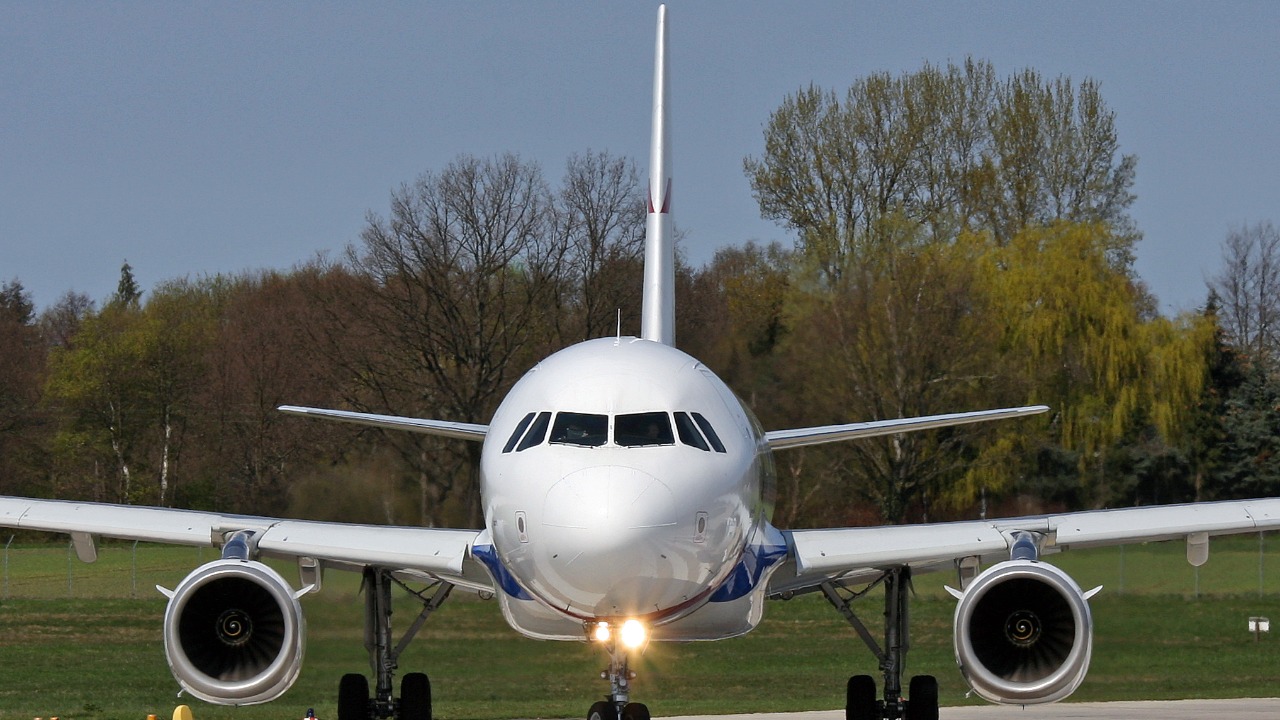
The Airbus A320 family has officially surpassed the Boeing 737 as the most popular commercial aircraft in history, marking a pivotal shift in the long-standing rivalry between the two aviation giants. This milestone highlights Airbus’s growing dominance in the narrow-body jet market, driven by consistent demand from global airlines. Meanwhile, Boeing continues to secure new orders, such as Air India’s commitment to additional 737 MAX planes, underscoring ongoing competition.
The Enduring Airbus-Boeing Rivalry
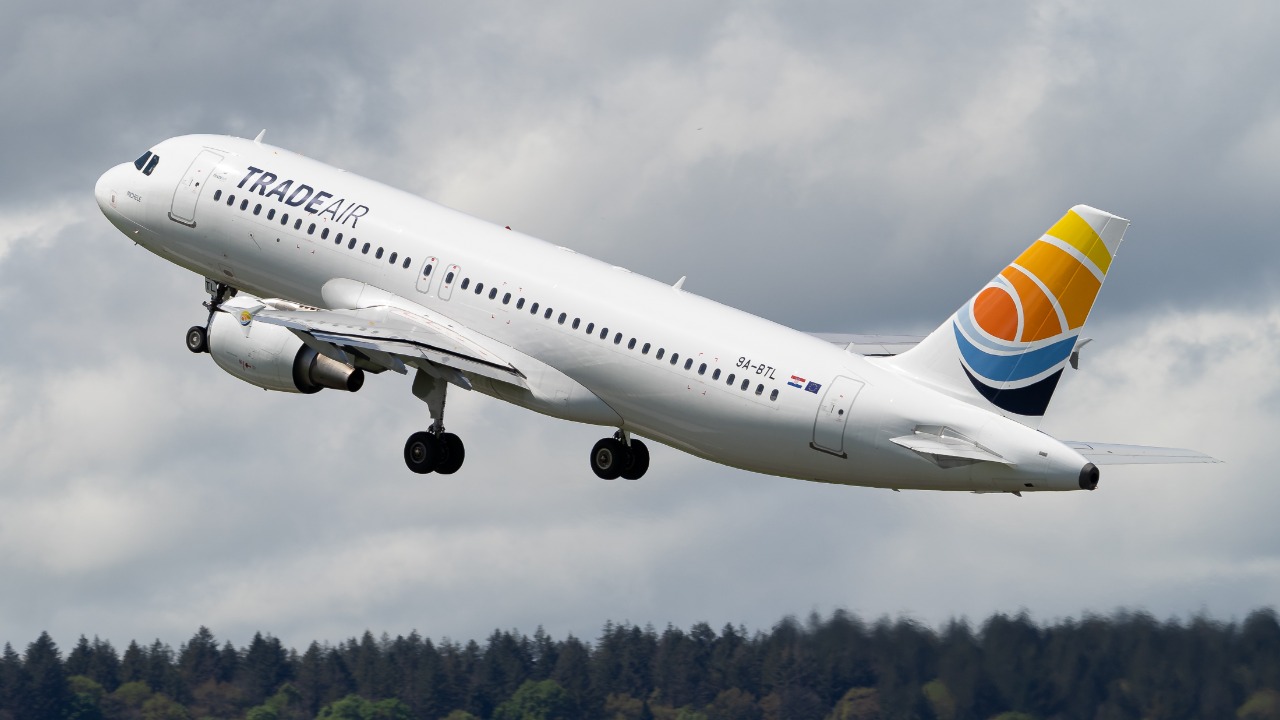
The competition between Airbus and Boeing in the narrow-body segment has its roots in the 1980s. Both companies have vied for market share, with key milestones shaping the rivalry. Historically, Boeing led the race with the 737, but Airbus’s strategic responses through the A320 family have gradually shifted the balance of power. source.
Regulatory and economic factors have also played a significant role in the back-and-forth dominance between the two manufacturers. Changes in aviation regulations, shifts in economic conditions, and the evolving needs of airlines have all contributed to the dynamic competition.
Evolution of the Boeing 737
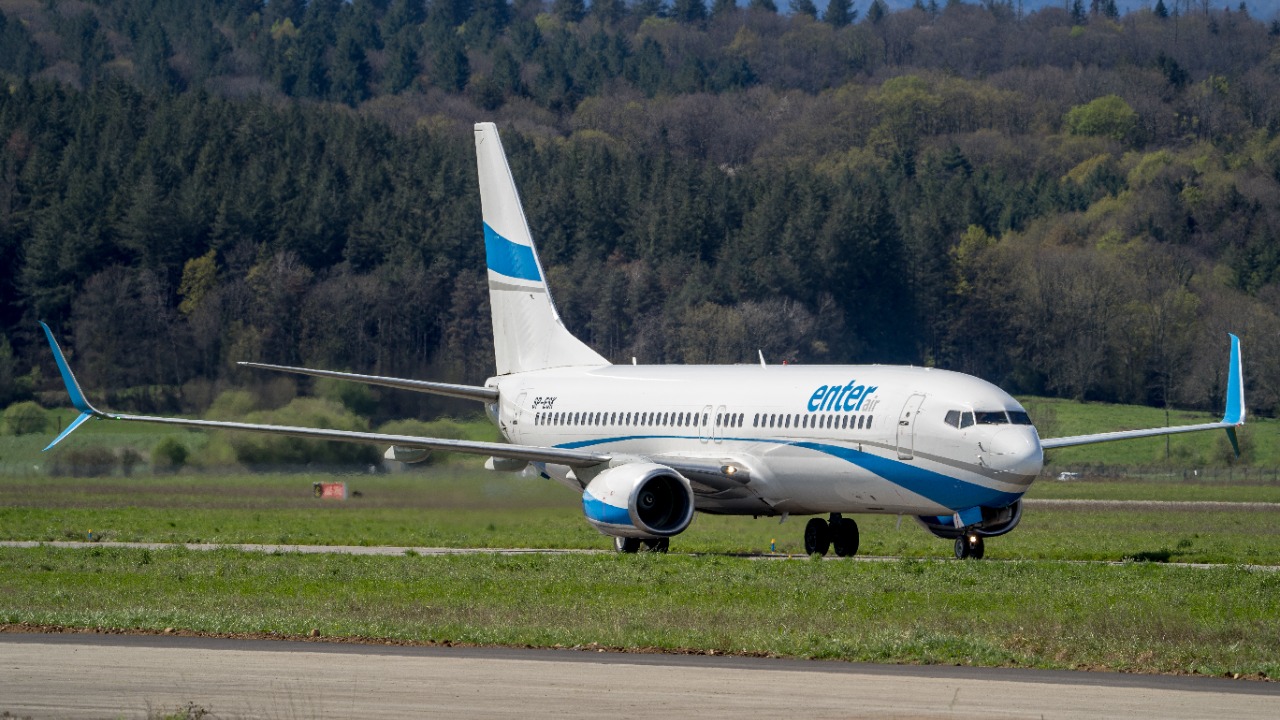
The Boeing 737, first flown in 1967, has seen various generations and has long been the bestseller in the commercial aviation market source. However, recent challenges, particularly with the 737 MAX program, have put Boeing on the back foot. The grounding of the 737 MAX and subsequent recovery efforts have been a significant hurdle for the company.
Despite these challenges, Boeing continues to secure new orders. For instance, Air India’s recent acquisition of new 737 MAX planes indicates sustained demand for the aircraft. source.
Airbus A320’s Rise to Prominence
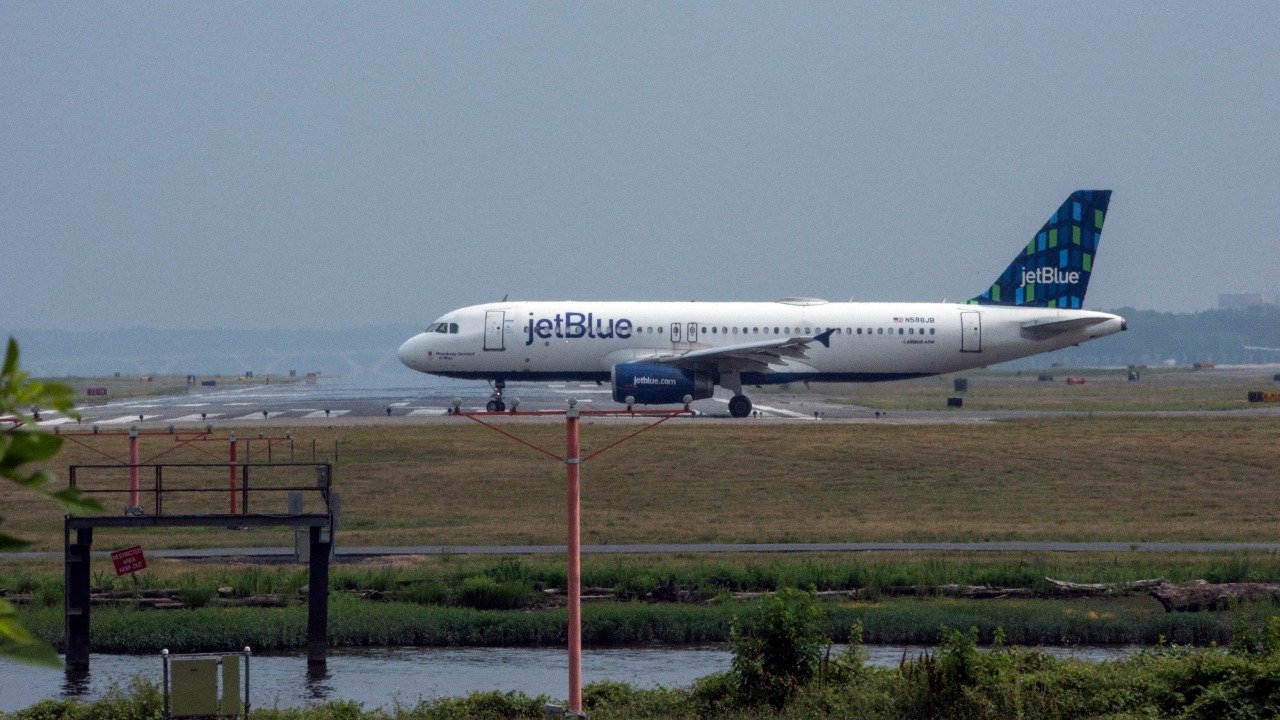
The A320 family was introduced in 1988, bringing with it innovations such as fly-by-wire technology that helped it gain traction in the market. source. Over the past decade, the A320 has managed to close the gap on the 737, thanks to a combination of strategic decisions, production milestones, and market factors.
The specific delivery that marked the A320’s overtake of the 737 in total units produced is a testament to Airbus’s successful strategies and the aircraft’s popularity among airlines.
Comparative Delivery and Order Backlogs
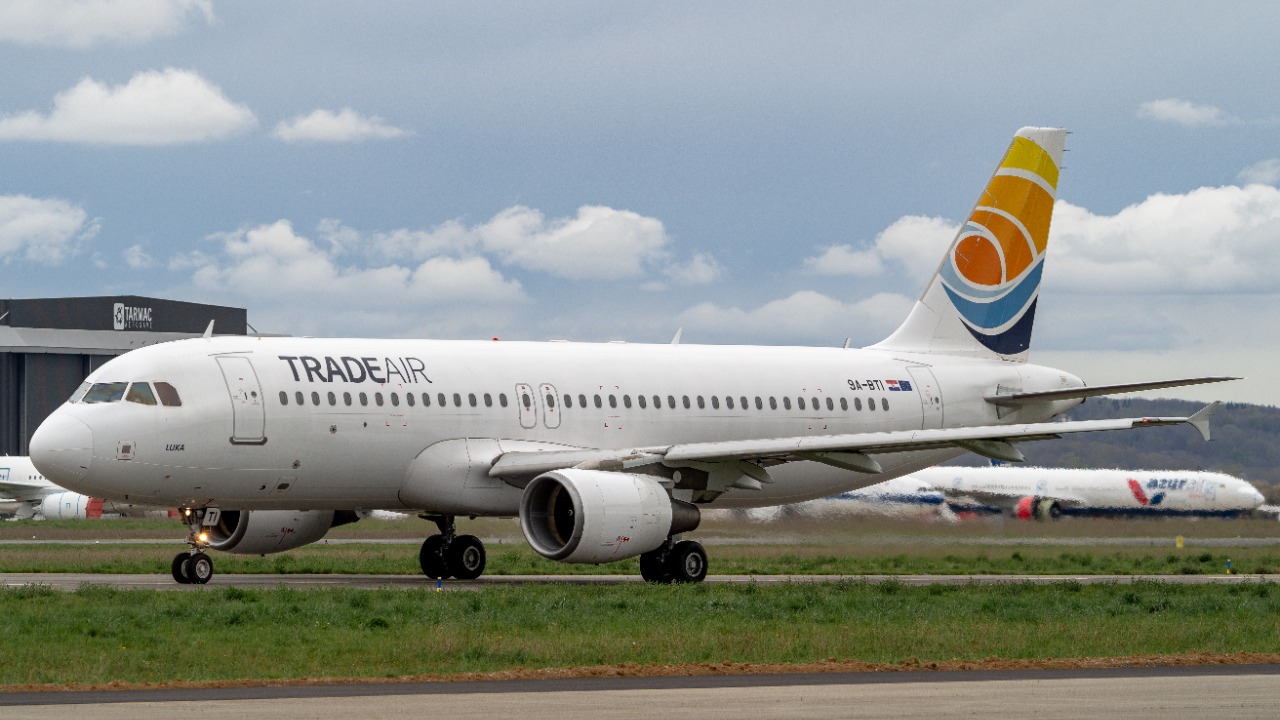
When comparing cumulative delivery figures for the A320 and 737 families, Airbus took the lead at a specific point, marking a significant milestone in the aviation industry. source. The current order backlogs for both aircraft also tell an interesting story. Airbus’s neo variants, for example, contribute to its edge in the market.
Regional adoption trends also play a role in this dynamic. The A320 has a strong presence in Europe and Asia, while the 737 maintains a stronghold in the U.S.
Market Drivers Behind the Shift
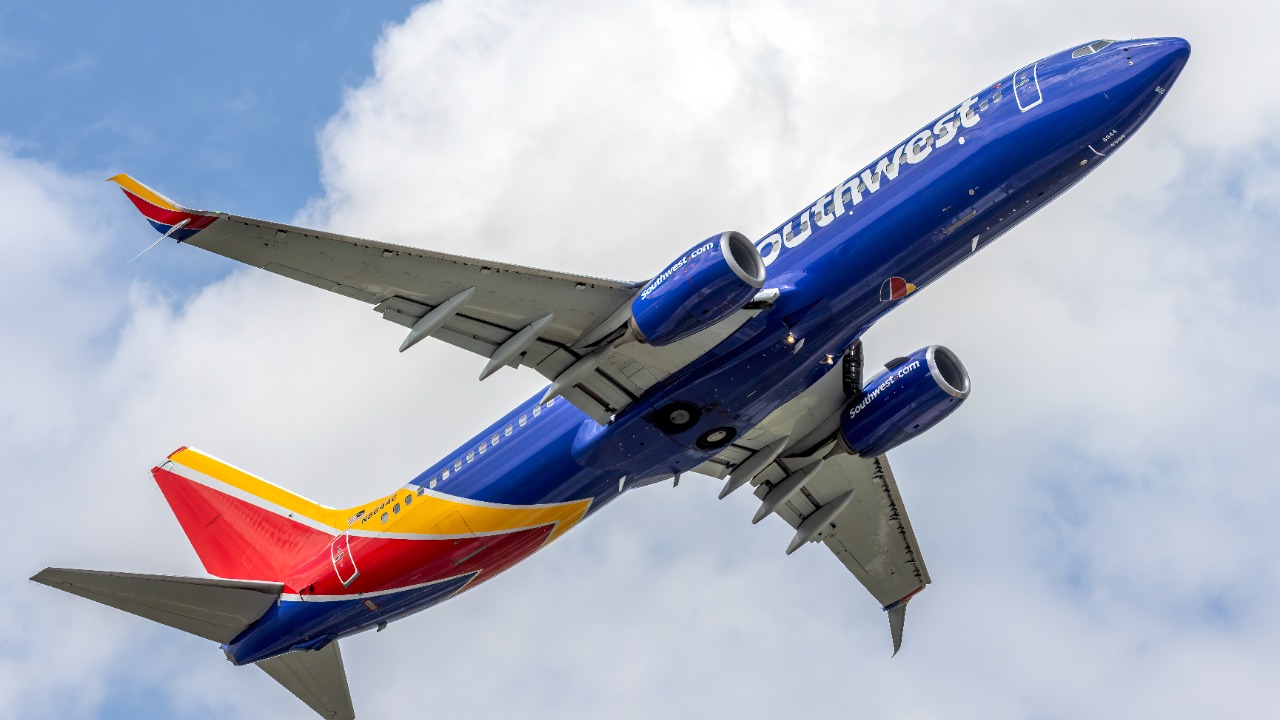
The shift in popularity from the 737 to the A320 has been driven by several market factors. The A320neo’s fuel efficiency and operational cost advantages have accelerated its popularity among low-cost carriers. source. The grounding of the 737 MAX also impacted Boeing’s market position, allowing Airbus to make opportunistic gains.
Airlines’ preferences have also shifted, with some switching from 737 to A320 for their fleet. These shifts are often driven by factors such as operational costs, fuel efficiency, and aircraft performance.
Implications for Airlines and Passengers
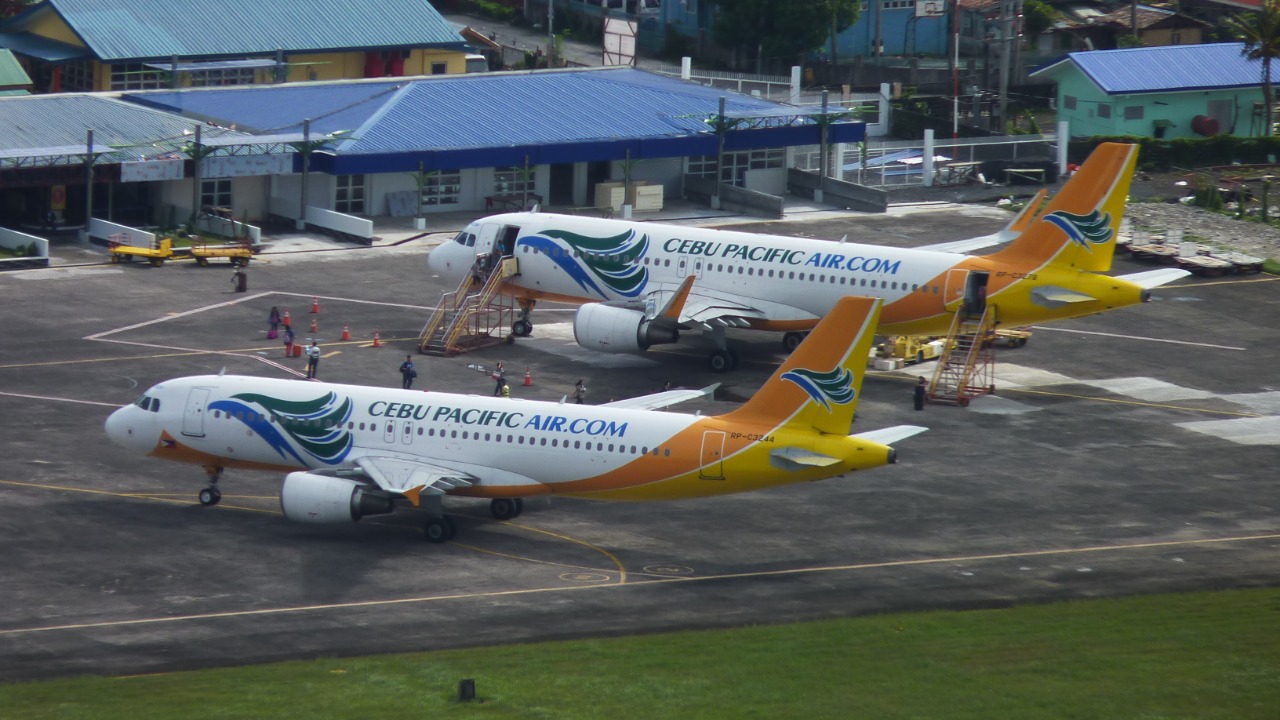
The A320’s lead affects airline fleet planning. Major carriers are adopting more A320s, reflecting the aircraft’s popularity and reliability. source. From a passenger experience perspective, differences in cabin configurations and reliability records between the two planes can also influence airline choices.
Both manufacturers face supply chain and production capacity challenges in meeting demand. These challenges can impact delivery timelines and ultimately, the airlines’ operations.
Future Prospects in Narrow-Body Aviation

Looking ahead, the A320 has the potential to maintain its lead, based on upcoming variants and the expected recovery of global travel. source. However, Boeing is not standing still. The company is working on enhancements to the 737 MAX and securing new orders, such as those from Air India, to reclaim ground.
Broader industry trends, such as sustainability goals, are also influencing future aircraft choices. As airlines strive to reduce their carbon footprint, the demand for more fuel-efficient aircraft is likely to grow. source.